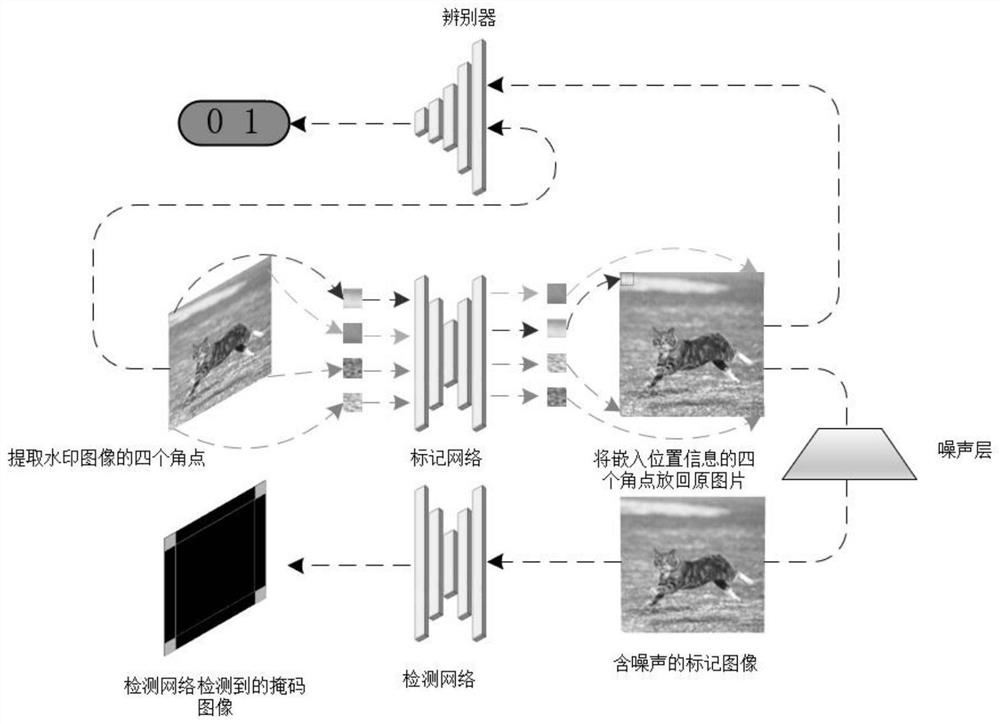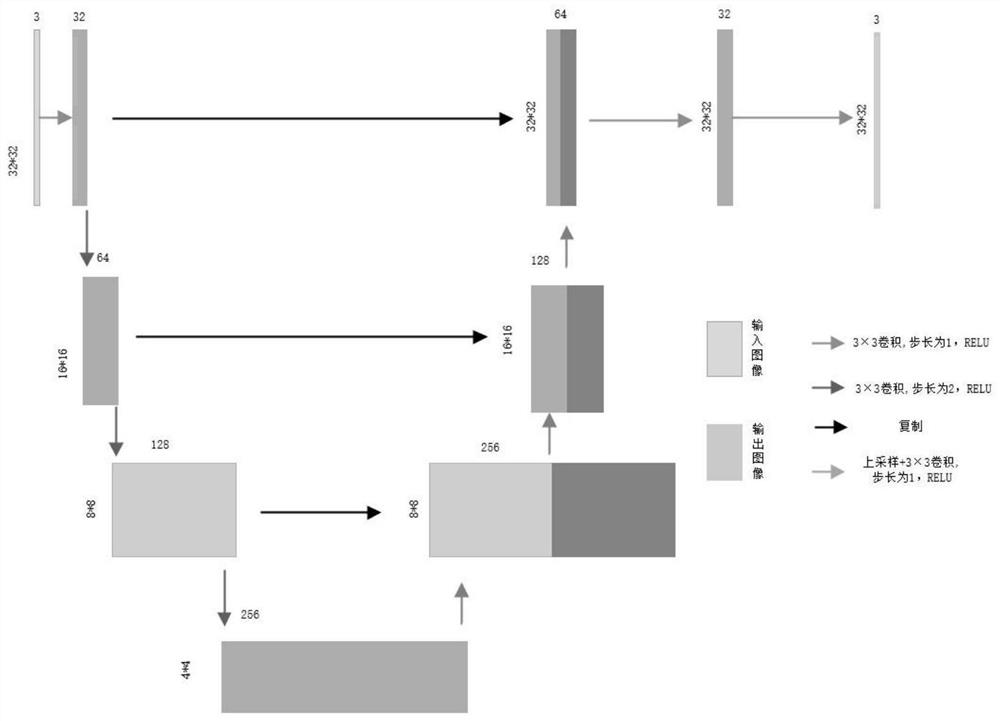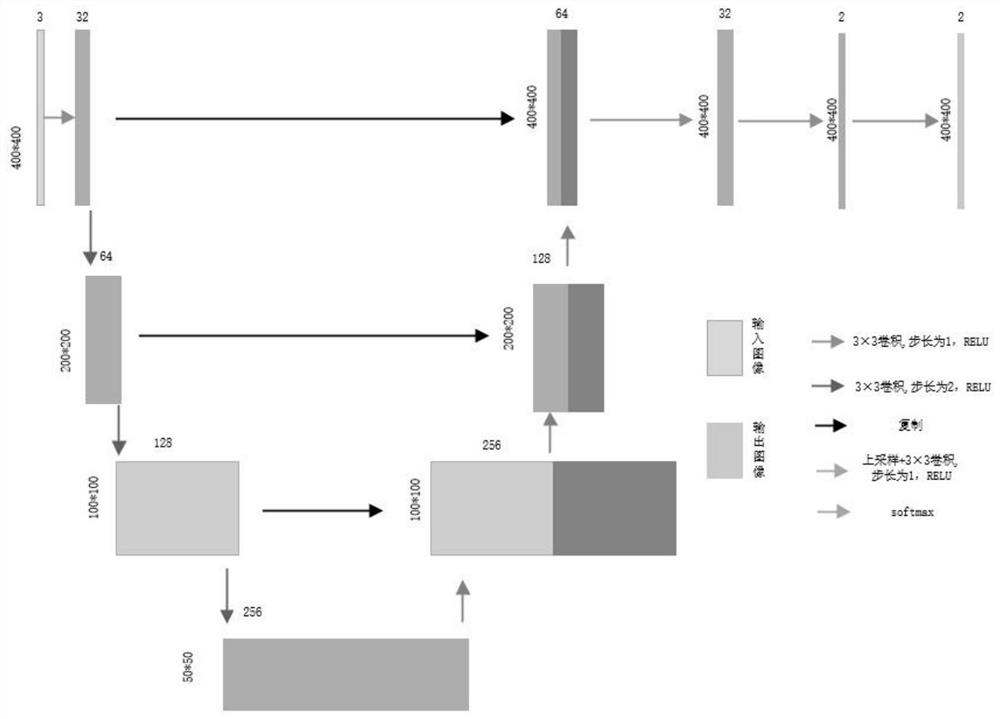Self-adaptive invisible watermark synchronous detection method based on deep learning
A deep learning and synchronous detection technology, applied in the field of image processing, can solve problems such as increasing the perceived risk of watermarks and reducing the visual effects of watermarks
- Summary
- Abstract
- Description
- Claims
- Application Information
AI Technical Summary
Problems solved by technology
Method used
Image
Examples
Embodiment Construction
[0054] The present invention will be described in further detail below in conjunction with the accompanying drawings.
[0055] The overall framework is as figure 1 As shown, the framework includes 2 U-shaped sub-networks and a CNN sub-network, which are marking network, detection network and discriminator. When embedding tags, the tagging network extracts four fixed-size square regions of the watermark image as the input of the tagging network, outputs four residual images with position information, and puts them back into the original image in turn to obtain the tagged image. When detecting the mark, send the captured mark image into the detection network D, and output the mask map showing the position of the residual image, thereby determining the four corner points of the watermark image, and then use the perspective transformation to realize the watermark image and the captured mark Synchronization of images. As an auxiliary network of the tagging network, the discrimina...
PUM
 Login to View More
Login to View More Abstract
Description
Claims
Application Information
 Login to View More
Login to View More - R&D
- Intellectual Property
- Life Sciences
- Materials
- Tech Scout
- Unparalleled Data Quality
- Higher Quality Content
- 60% Fewer Hallucinations
Browse by: Latest US Patents, China's latest patents, Technical Efficacy Thesaurus, Application Domain, Technology Topic, Popular Technical Reports.
© 2025 PatSnap. All rights reserved.Legal|Privacy policy|Modern Slavery Act Transparency Statement|Sitemap|About US| Contact US: help@patsnap.com



